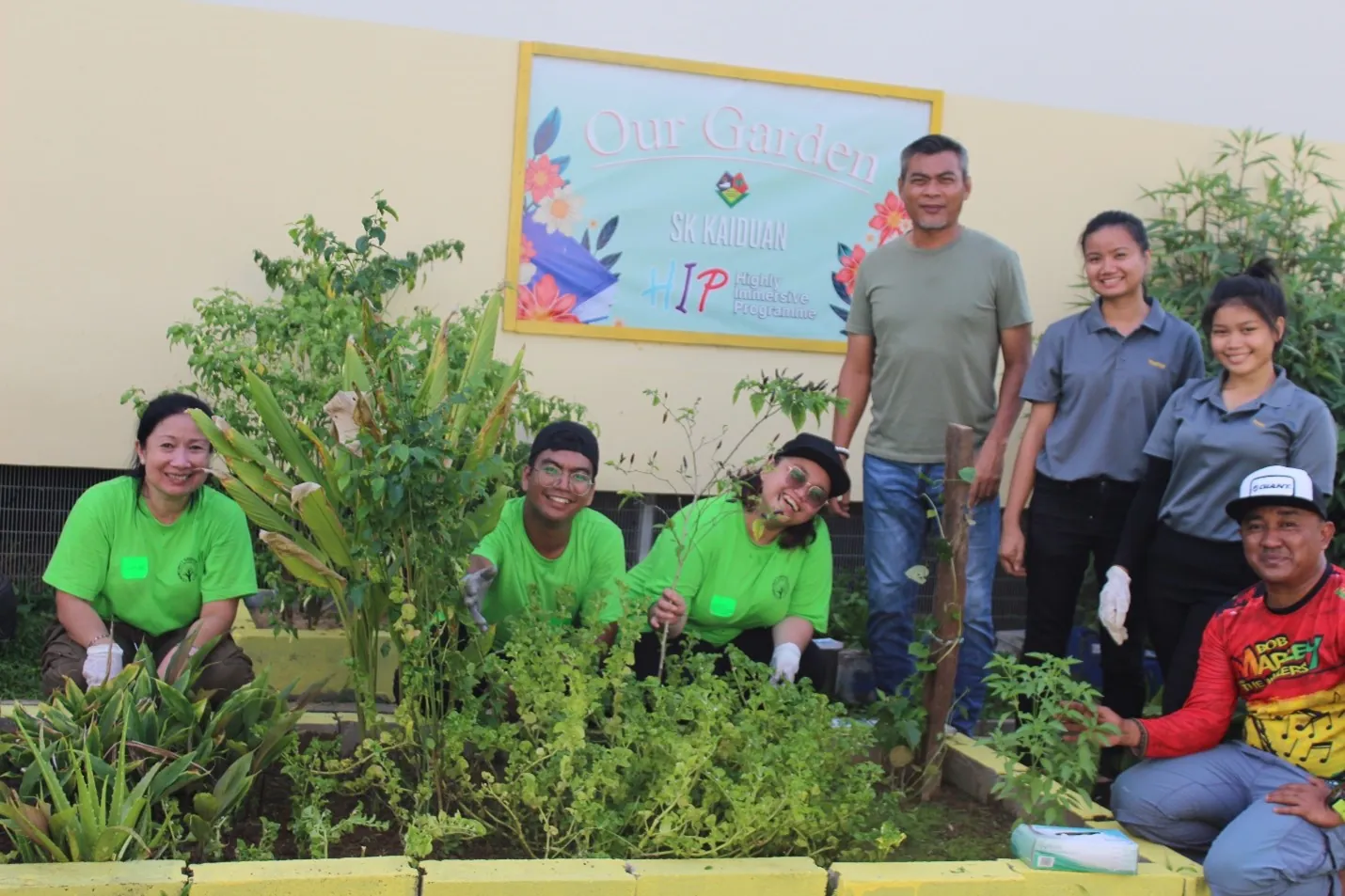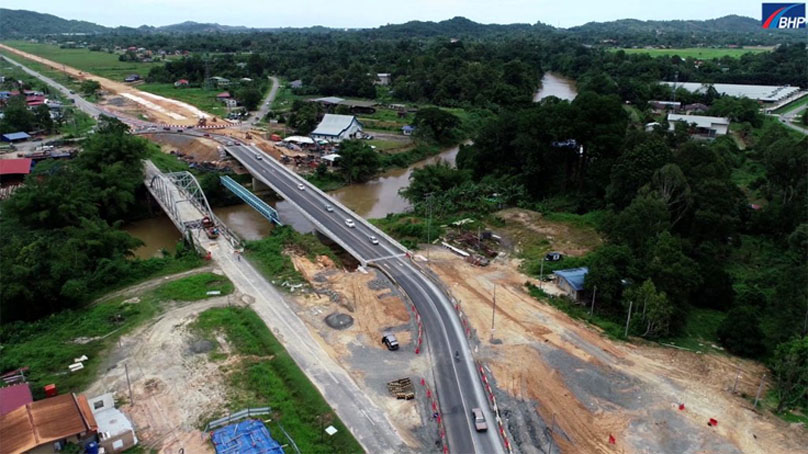By Ts Dr. Hj Ramli Amir, former President of the Chartered Institute of Logistics and Transport (CILT) Malaysia and Vice-President of CILT International for Southeast Asia
KOTA KINABALU: Australia has stirred up a hot debate with its proposal to ban social media for kids under the age of 16. Platforms like Facebook, Instagram, TikTok, and Snapchat would have to keep minors off their apps, or risk paying hefty fines worth millions of dollars.
The plan is aimed at protecting kids from the dangers of social media, but not everyone agrees it’s the right move. Some see it as a bold step to protect children, while others think it’s an overreaction that might not work in the real world.
But what’s driving this drastic proposal? It boils down to growing concerns about how social media affects young people’s mental health, safety, and overall well-being. These platforms are often blamed for causing anxiety, depression, and low self-esteem among teenagers.
The endless scrolling and addictive algorithms tend to push harmful content, while features like comments and direct messages expose kids to cyberbullying, harassment, and even scams. There’s also the issue of excessive screen time, which can mess up sleep, school performance, and physical health. And let’s not forget about unethical advertising and the sneaky ways these platforms collect and use kids’ personal data.
So, what do people think about this ban? Reactions are all over the place. Parents and teachers seem to like the idea, saying it could reduce the pressure on kids who are constantly dealing with online drama. But critics argue that a ban isn’t practical. Tech-savvy teens could easily bypass restrictions, making the whole effort useless. Others worry that banning social media might isolate kids from learning opportunities, creative outlets, and chances to connect with friends. Some even call it a “knee-jerk” reaction, saying we should focus on teaching kids how to use social media safely instead of just banning it.
What If Malaysia Did the Same?
If Malaysia considered a similar ban, the response would likely be just as divided. On one side, the idea could resonate with cultural and religious values that emphasize family time and keeping kids away from harmful content. Many parents might welcome a policy that tackles problems like cyberbullying and excessive screen time head-on. Teachers might also appreciate a move that could help kids focus better on their studies.
But let’s not ignore the challenges. For starters, social media isn’t just for fun—it’s a learning tool for many Malaysian students, especially in rural areas. Platforms like YouTube and TikTok offer free educational content, while Instagram and Facebook provide spaces for young entrepreneurs to promote their small businesses. Cutting off access to these platforms could hurt communities that already struggle with limited internet and tech resources, widening the gap between rural and urban areas.
Is a Ban Really the Answer?
Many Malaysians might argue that banning social media is like trying to fix a leaking roof with duct tape—it’s quick, but it doesn’t solve the real problem. Instead of banning kids from these platforms, why not teach them how to use them responsibly? Schools could include digital literacy programs in their curriculum, showing kids how to spot fake news, deal with cyberbullying, and protect their privacy online.
Parents could also play a bigger role. Tools and apps that help monitor kids’ social media activity already exist, and they can be a great way to guide kids without completely cutting them off from the digital world. Meanwhile, social media companies should step up by creating safer, age-appropriate spaces for younger users and cracking down on harmful content.
A Balanced Approach for Malaysia
Malaysia has a chance to create a smarter, more balanced solution than simply copying Australia’s proposed ban. By focusing on education, inclusion, and responsible tech use, the country could protect its youth while preparing them for a digital future. Imagine if rural schools had better internet access, so kids could use online learning tools safely. Or if social media companies worked with the government to design apps that are safer for young users. These steps would empower kids to navigate the online world confidently, instead of shutting them out completely.
At the end of the day, it’s all about balance. Kids need protection, but they also need access to the tools and opportunities that the digital world offers. A thoughtful approach could make all the difference in helping them thrive safely in the online space.













